Summary
- Pricing of airline tickets is a complex process driven by algorithms, AI technology, historical data, and other strategies.
- Booking classes, which are different from travel classes, determine the pricing and availability of fares.
- Factors such as profiling of travelers, length of advance purchase, current sales volume, competition, peak dates, level of overbooking, and fuel prices all play a role in determining ticket prices.
Many of us have tried to find the best strategies for buying airline tickets. Choosing off-peak dates, searching for flexible destinations, adding stopovers, and more tools can all help you get the best airfares. But to understand ticket pricing, it pays to look at it from the airlines’ point of view. How do carriers determine price, and what are the factors for changing the price?
The early days of prices
It will be unsurprising to most that pricing is a well-developed and constantly evolving process driven by a combination of algorithms and strategies developed by revenue management teams and external consultants. Typically, this process is automated and highly efficient, with a few notable exceptions.
Before the 1970s, many countries had some form of regulated ticket pricing. This did not entirely change in the US until 1978 (with the introduction of the Airline Deregulation Act). Regulations in the US previously defined which routes an airline could operate and the fares that could be charged. The changes to this opened up flying to many more travelers (and airlines) and generally lowered fares, but not without pain and bankruptcies.
To give an idea of pricing before deregulation, some figures are provided by Stephen Breyer in a 2011 Bloomberg article. In the piece, he stated:
"In 1974, the cheapest round-trip New York-Los Angeles flight (in inflation-adjusted dollars) that regulators would allow: $1,442. Today one can fly that same route for $268."
The ability to extract as much revenue as possible from each passenger is essential for a carrier’s continued profitability. Today, airlines can develop complex algorithms to capture as much revenue as possible from each passenger.
Airfares today - Pricing for the market
Of course, pricing these days is not fixed or controlled, and airlines will seek to maximize profits made through ticket sales. A ticket can be worth different amounts to different people, and pricing is about determining this value and making the most from it.
Pricing and availability of fares are determined today by a system of booking classes. Notably, these differ from travel class (i.e., economy or business class) and are a series of letters that define the fare level paid. The IATA first defined these codes in the late 1940s to promote consistency across carriers and aid the acceptance of tickets between companies.
These have changed and diverged since they were introduced, and different airlines use many more booking classes today. But some are generally consistent, including:
- F for full-fare first class
- J for full-fare business class
- Y for full-fare economy
The booking classes used for discount levels below full fare differ between airlines. For example, with most oneworld airlines (including American Airlines and British Airways), discount business class is represented by D, C, R, and I classes. With United Airlines, business class uses J, C, D, Z, and P (R is used for premium economy, and I previously for first class).
In order to properly optimize a revenue management system, carriers must carefully adjust booking classes and control for availability. In this manner, airlines can use mathematics and statistics to optimize their revenue generation systems.
Algorithm-based pricing and historical data
Each airline uses its algorithms and AI technology to set and change prices. This, of course, requires human oversight but is a long way from the days when fares were fixed and adjusted manually.
50 Years Of Airfares: The Evolution Of Price And What You Got in 1970 vs. Now
Extensive data analysis is used to support price setting, which has seen significant improvement in recent years. Carriers have always used past sales and booking data to inform ticket prices. Still, now more than ever, they are using this information to create dynamic algorithms to control costs for multiple factors, including market conditions and fuel prices.
Now more than ever, airlines use, store, and purchase data to better inform algorithms. The specifics of these systems are a closely guarded secret, but we can certainly discern a few things they certainly factor in, which will now be discussed.
Profiling of business vs. leisure travelers
One of the simplest but most critical divisions is between leisure and business passengers. They each have very different requirements, buying habits, and budgets. In general, leisure travelers tend to book further in advance (often several months or more for long-haul routes) and are much more flexible. Business travelers will book closer to departure and be prepared to pay more for certain flight times, often as their employers are covering the cost of their tickets.
The most straightforward response to this is that fares start high on leisure routes and reduce closer to departure, and the other way around for business routes. If you look at last-minute short-haul fares between business cities, you will quickly see this.
But there is obviously more to it than this. Many routes carry both business and leisure traffic, and of course, each passenger is different. The ability to be more flexible changes as technology and data improve. These days, this may include customer profiling and offering fares based on previous searches or purchases. Airlines are starting to do this, but there is a long way to go, both in ability and regulation.
Length of advance purchase
As we have all experienced, prices can vary significantly over the months leading up to a flight. Using historical data, airlines can increasingly predict how to price tickets to maximize sales and revenue. One area we have seen changes in recent years is last-minute pricing.
Get all the latest aviation news right here on Simple Flying
While it may sound like a good idea to lower prices at the last minute to fill seats, it could undermine earlier higher pricing if airlines did this regularly. However, airlines have started offering last-minute upgrades, selling premium cabins for much lower rates. In this circumstance, there is far less risk of undermining prices, as passengers must have already purchased a ticket to receive any benefits from a discounted upgrade.
Current sales volume
Of course, one of the main factors that influence price is the current ticket sales. You would expect that the prices will be much higher when there are only a few seats left on a flight. This naturally follows from the basic economic principles of supply and demand.
Airlines will make a certain number of seats available in each booking class, and as the lower booking classes sell out, only higher fares are available. On some routes, though, airlines may keep selling heavily discounted fares on full flights (if they don’t think anyone will pay the higher rates).
Sales volume can also have a very short-term effect. Algorithms will constantly look at sales volume and increase prices if there is a pick-up in demand.
Length of trip
Several factors that can affect the fare are related to the characteristics of the trip booked. You will often see these specified against particular fares or promotions. Again, this is another way airlines try to maximize revenue from different types of customers. And again, this will be different for every route. But generally, lower fares will usually require a long stay, likely over a weekend.
Historically, most ‘full service’ airlines have offered lower prices for return trips and much higher fares for one-way flights. While this is still the case with many fares, more airlines have started to offer attractive one-way fares. Low-cost airlines usually operate such a ‘point to point’ pricing system, so other airlines are adapting to compete.
For example, as business travelers usually want or need to fly home by a specific date, tickets that do not involve staying the weekend are often discounted. As a result, many legacy carriers will offer lower fares to passengers who spend a Sunday at their destination.
Level of competition
Airlines monitor competitor fares on the same or similar routes as part of determining prices. If one airline lowers the cost on a particular route, it is expected to see others follow quickly.
This has been reported and studied several times. For example, an in-depth study by the MIT International Center for Air Transportation in 2013 examined the effect on airfares when low-cost carriers moved into new routes. The study’s results demonstrated significant reductions from ‘legacy airlines’ when Southwest Airlines, JetBlue, Allegiant, or Spirit Airlines started the same routes.
Again, this is unsurprising given the basic economic concepts of supply and demand that govern the aviation industry. If more carriers fly a given route, there will be an increase in supply. An increase in supply will be sure to push prices downwards.
Peak and ‘blackout’ dates
Airlines will often set different fares or limit the availability of lower booking classes at certain times. Departures around major school holidays are an obvious example of this, where prices may be higher even when booked far in advance.
Want answers to more key questions in aviation? Check out the rest of our guides here.
All city pairs and, in some cases, entire nations will have specific dates designated by carriers as ‘peak.’ As a result of an increase in expected demand, algorithms will raise prices during these peak periods.
Level of overbooking
It remains common for airlines to ‘oversell’ flights, particularly on specific routes. This can be inconvenient for passengers and costly for airlines when regulations demand that customers be compensated.
But it is still part of pricing and is another area that improves with better data analysis. Predicting how many passengers will not travel (perhaps no-shows, changes of plans at the last minute, or missed connections) allows airlines to manage this better and reflect it in pricing.
Fuel and oil prices
Fuel is a significant part of airline costs, which obviously needs to be covered by prices. With sales often months in advance, airlines need to consider how prices are changing and predict future costs (although they also hedge and fix prices in advance). The effect of this can also be seen by looking at ‘fuel surcharges.’
Airlines began adding these fees to tickets amid rising oil prices in the 2000s, prices which peaked in 2008. Some carriers removed these additional surcharges when oil prices dived, but many airlines still maintain these fees.
Setting new ticket types and unbundling fares
One of the pricing trends we have seen in recent years is airlines offering lower fare types but with fewer inclusions. This began with low-cost airlines, but the fuel service carriers have since followed. Airlines will set a low base fare but exclude extras such as luggage allowance, seat selection, and even entitlement to some frequent flyer benefits. All the major US airlines now offer such fares (with Delta being the first to introduce them fully).
Legacy airlines have employed this tactic to maintain their competitive edge with budget airlines and improve their appearance in search engines. As increasing numbers of passengers search online, carriers with higher base fares will be punished.
Future of airline pricing
How will airline pricing change over the coming decades? The only thing that is certain is that airlines will continue to set prices to maximize profit. As in most industries, the power of analysis and the data available to airlines will continue to grow. The last three years alone have seen a significant change in pricing.
While prices collapsed in 2020, they rebounded swiftly in 2021 for domestic travel and have been on an upward trend for international ones this year. In 2022 and 2023, airline ticket prices have risen heavily, which can be explained by the high levels of inflation globally. For example, domestic fares in the United States increased 14.1% in 2022. According to recent studies, airfares could rise by 22% in the next few years due to climate change challenges.
In the long term, carriers will continue to perfect strategies to optimize total revenue. Algorithms will continue to advance, and for many airlines, much more must be done to adequately predict and optimize revenues from ancillary fees and non-ticket products.
So-called ‘Total Revenue Optimization’ will become increasingly important as the split between base and ancillary revenue increases. According to an interesting report by SABRE in 2017, ancillary revenues for airlines reached $59.2 billion in 2015, growing at nearly 20% a year.
To succeed with this, airlines will have to analyze even more data and link several sources. Low-cost carriers are probably ahead in this area, and many of their systems and sales processes have been designed around total fares and add-ons. In contrast, many legacy carriers will have more of a challenge to match pricing levels to predictions for extra sales.
Did you know about the myriad of factors in pricing airline tickets? Let us know your thoughts and more in the comments!

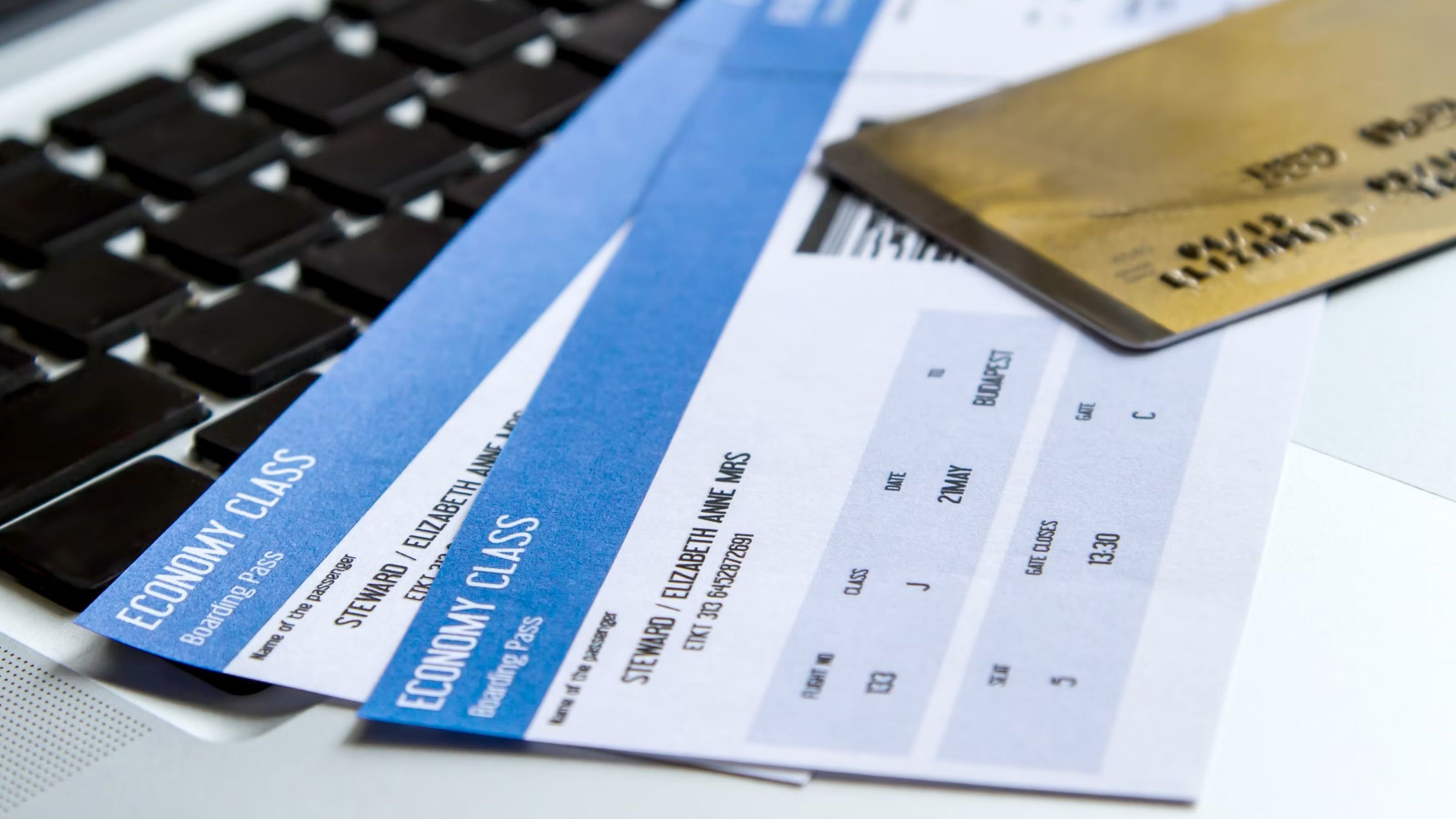
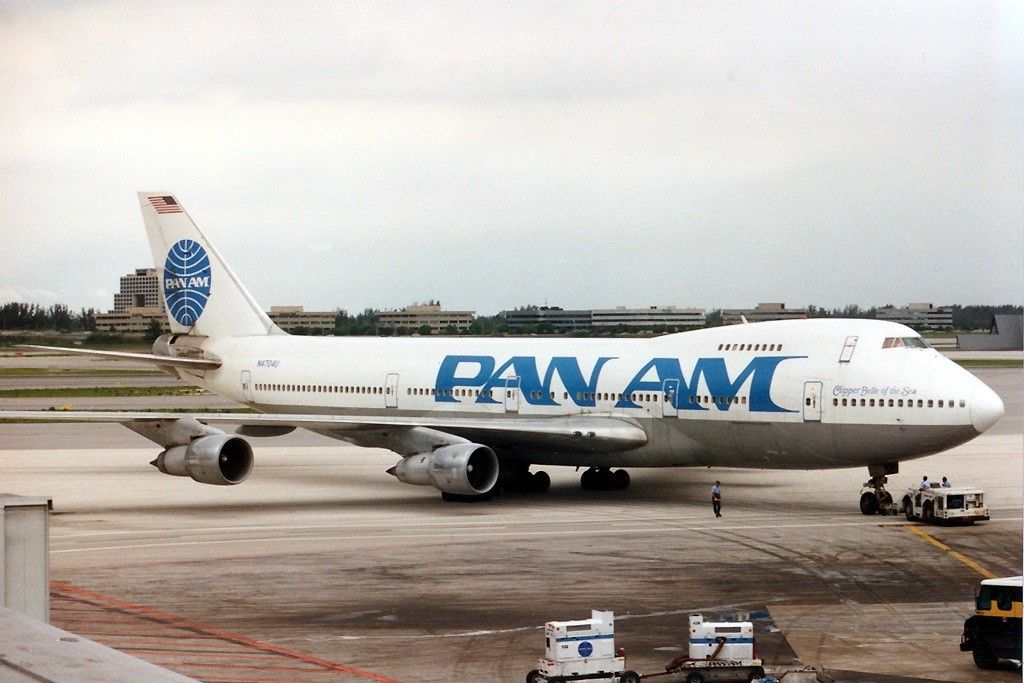
.jpg)
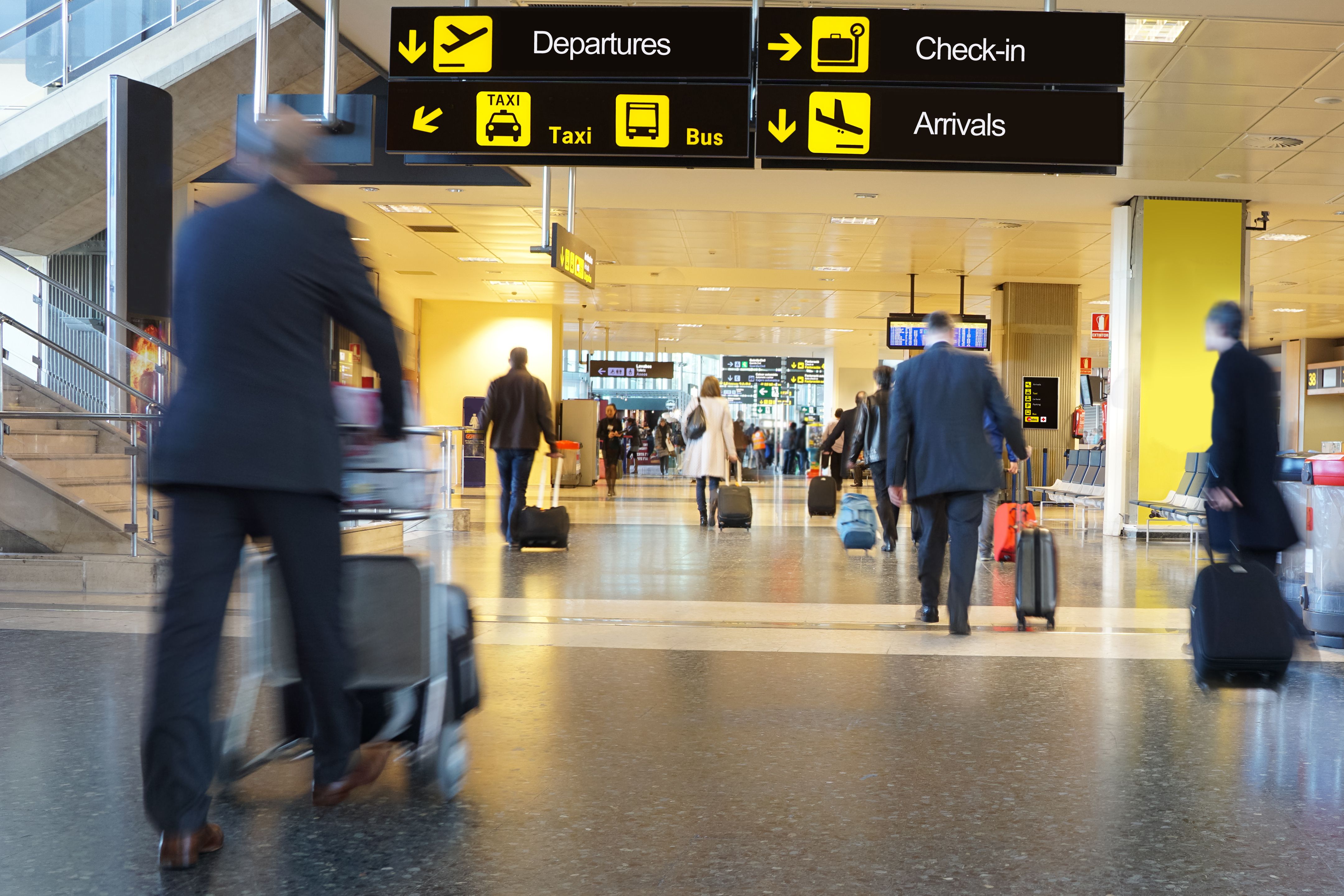
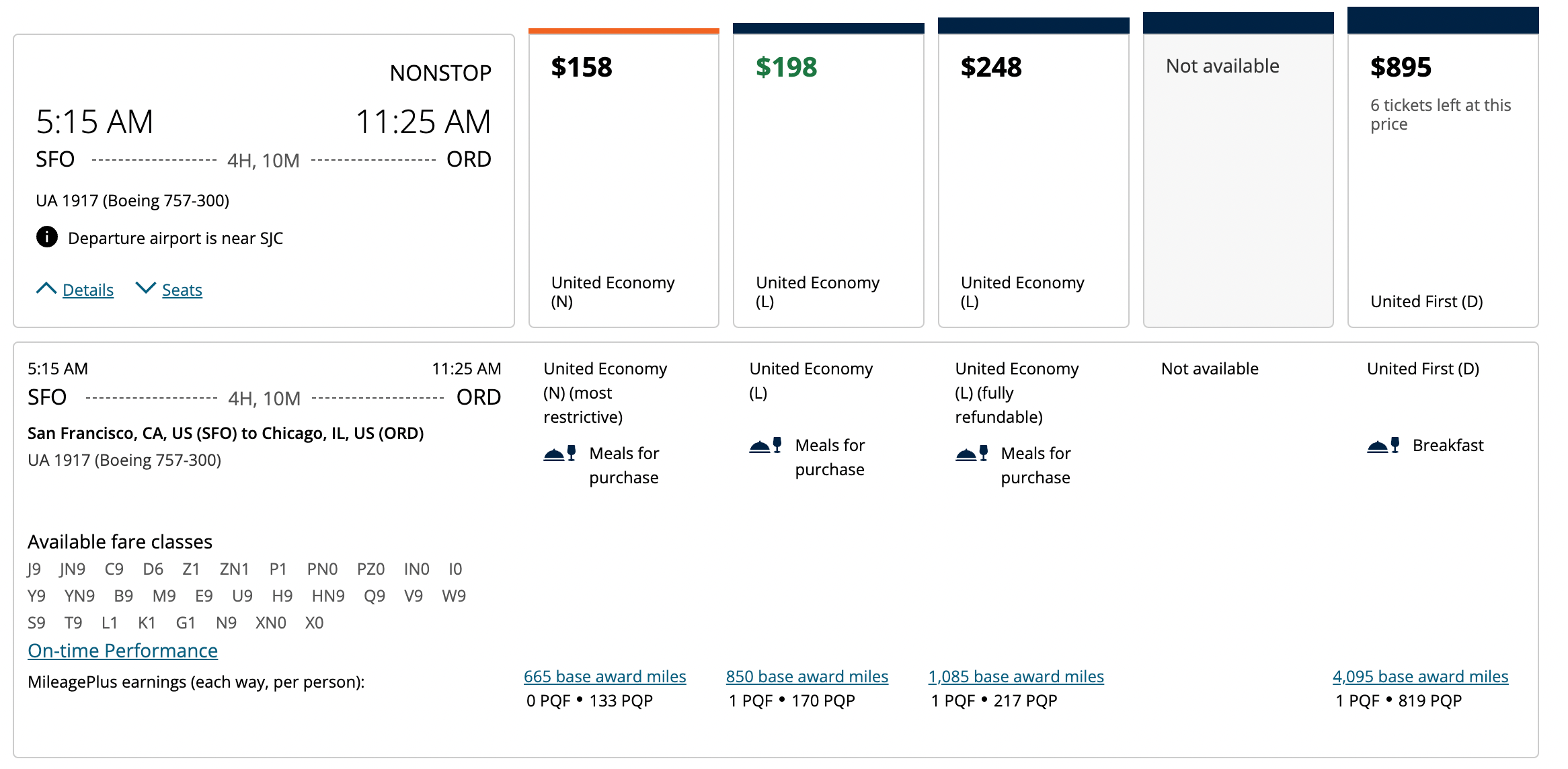
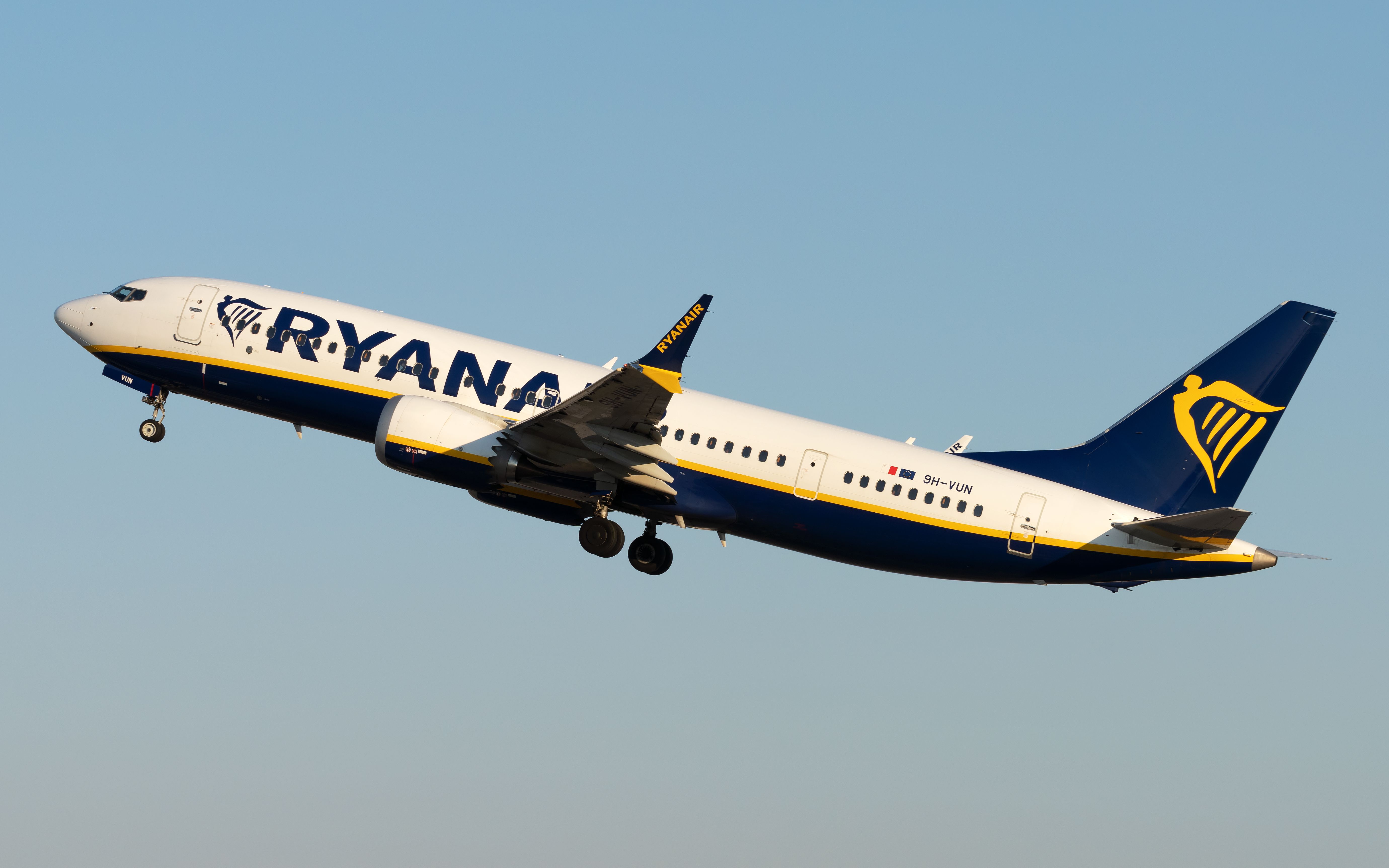
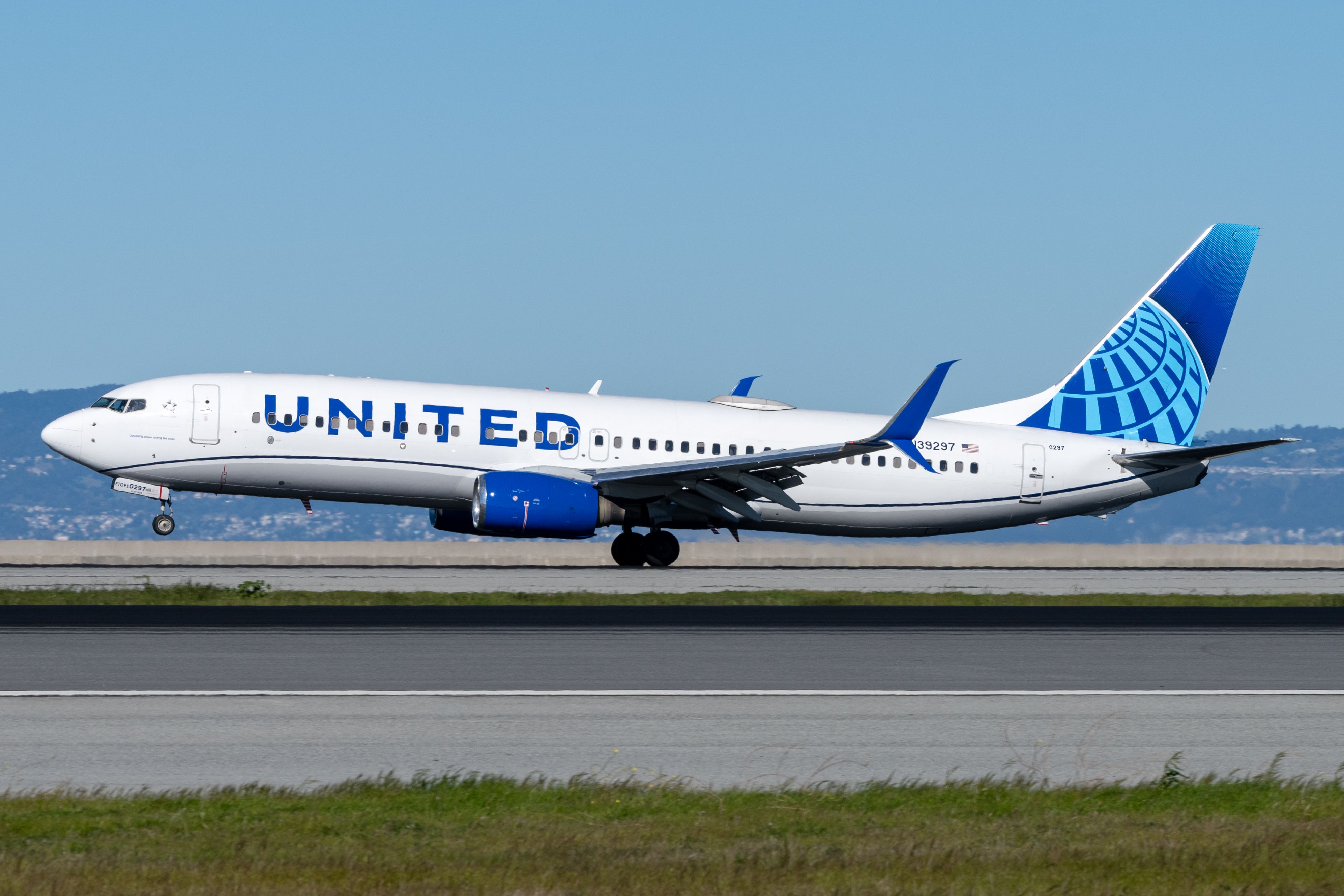
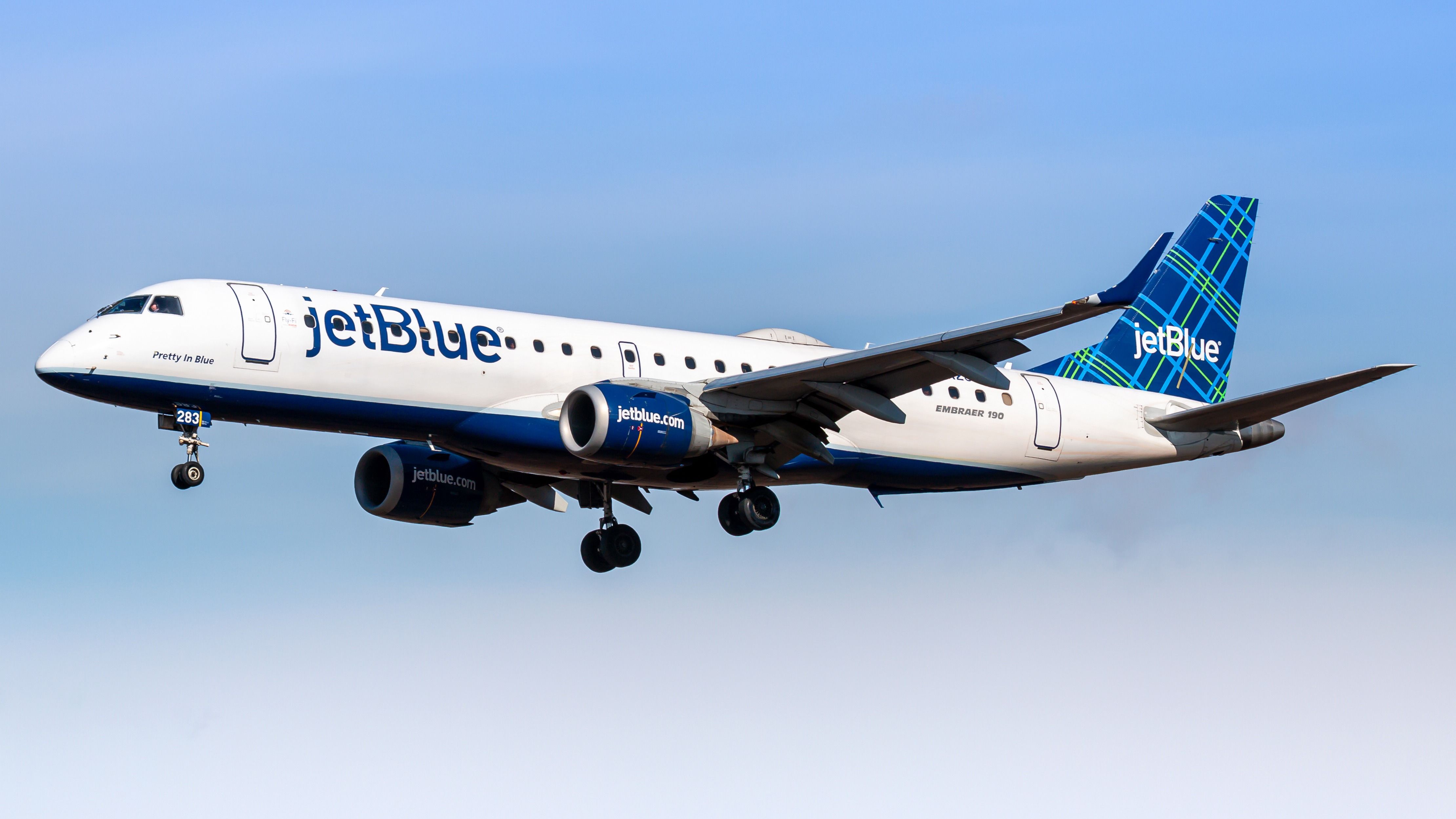
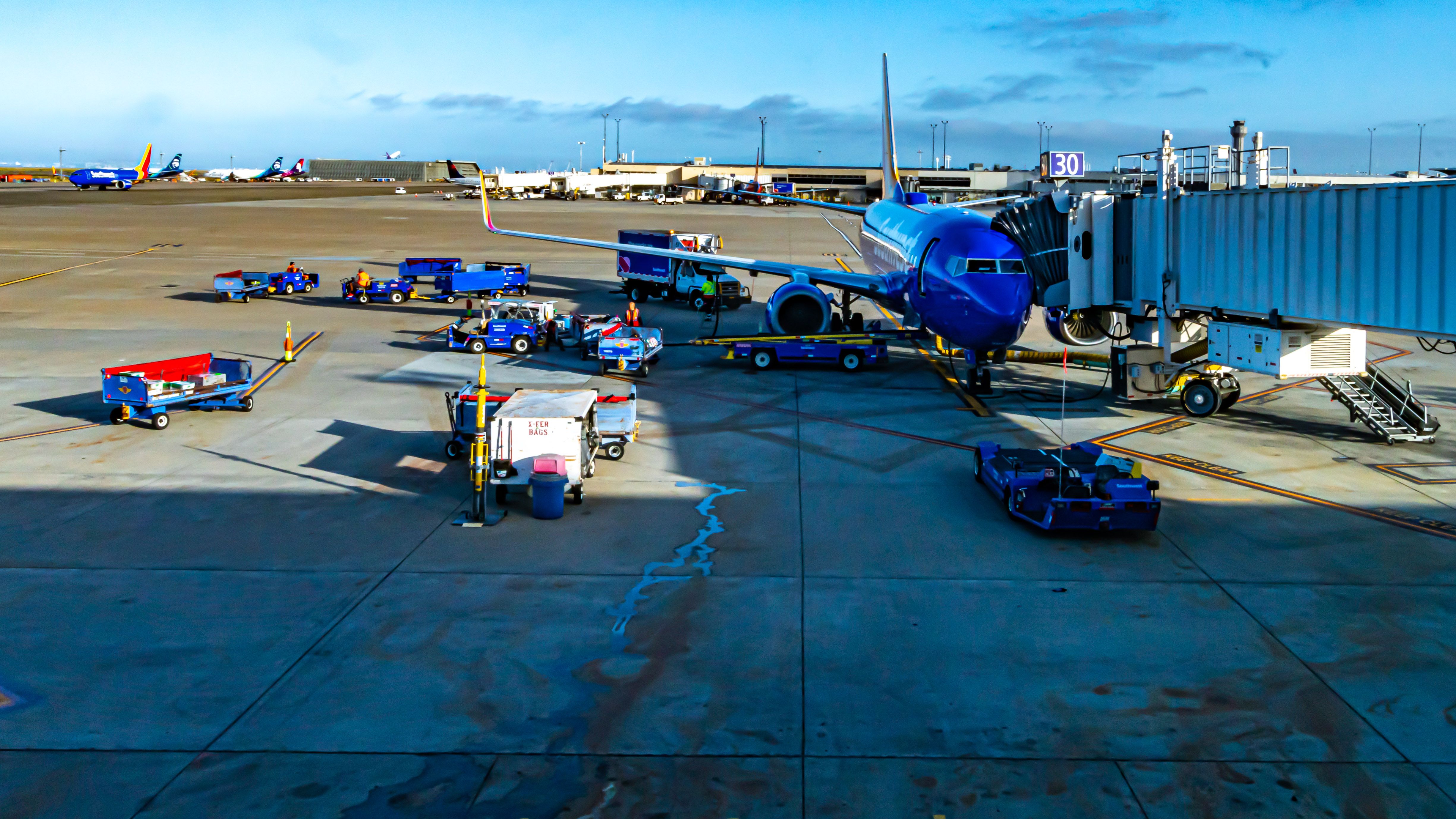
.jpg)
.jpeg)